E-commerce Growth
The rapid expansion of e-commerce platforms is reshaping the Food Container Market. With more consumers turning to online shopping for their food and kitchen needs, the demand for food containers that are suitable for shipping and storage is on the rise. This shift has prompted manufacturers to innovate packaging solutions that ensure product safety and integrity during transit. Recent statistics reveal that e-commerce sales in the food sector are expected to grow by over 10% annually. Consequently, businesses are adapting their product lines to meet the needs of online consumers, thereby driving growth in the Food Container Market.
Health and Wellness Trends
The growing emphasis on health and wellness is significantly influencing the Food Container Market. Consumers are increasingly aware of the nutritional value of their food and are opting for containers that promote healthy eating habits. This includes containers that are BPA-free, made from sustainable materials, and designed to preserve the freshness of food. Market data indicates that the demand for health-oriented food containers is expected to rise, with a projected increase of 6% annually. As a result, companies are investing in research and development to create containers that align with health trends, thereby positioning themselves favorably within the Food Container Market.
Sustainability Initiatives
Sustainability initiatives are becoming increasingly pivotal in the Food Container Market. As environmental concerns gain traction, consumers are gravitating towards eco-friendly packaging solutions. This trend is prompting manufacturers to explore biodegradable and recyclable materials for food containers. Market analysis suggests that the demand for sustainable food packaging is likely to increase by approximately 7% over the next few years. Companies that prioritize sustainability in their product offerings are likely to enhance their competitive edge in the Food Container Market, appealing to environmentally conscious consumers.
Rising Demand for Ready-to-Eat Meals
The increasing consumer preference for ready-to-eat meals is a notable driver in the Food Container Market. As lifestyles become busier, individuals are seeking convenient meal solutions that require minimal preparation. This trend has led to a surge in the production of food containers designed specifically for ready-to-eat meals, which are often microwave-safe and easy to transport. According to recent data, the ready-to-eat meal segment is projected to grow at a compound annual growth rate of approximately 8% over the next five years. Consequently, manufacturers are focusing on developing innovative food containers that cater to this demand, thereby enhancing their market presence in the Food Container Market.
Technological Advancements in Packaging
Technological advancements in packaging are significantly impacting the Food Container Market. Innovations such as smart packaging, which includes features like temperature control and freshness indicators, are gaining traction among consumers. These technologies not only enhance the user experience but also extend the shelf life of food products. Industry expert's indicates that the smart packaging segment is projected to grow at a rate of 9% annually. As a result, manufacturers are increasingly investing in technology-driven solutions to meet consumer demands, thereby fostering growth within the Food Container Market.


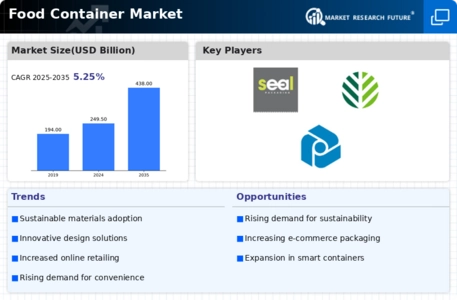
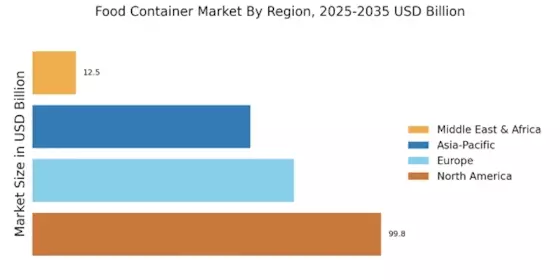
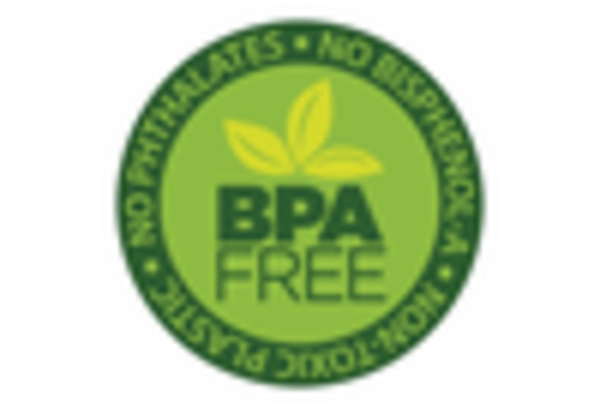
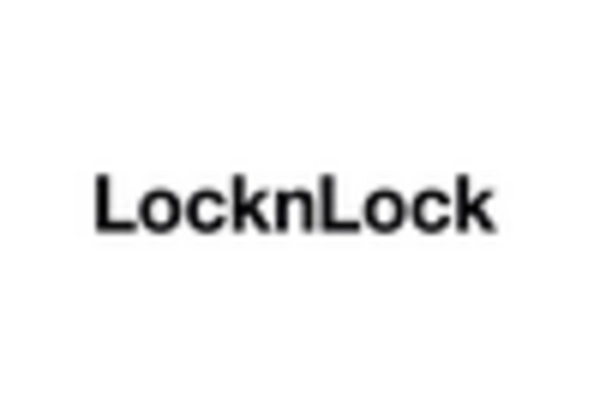
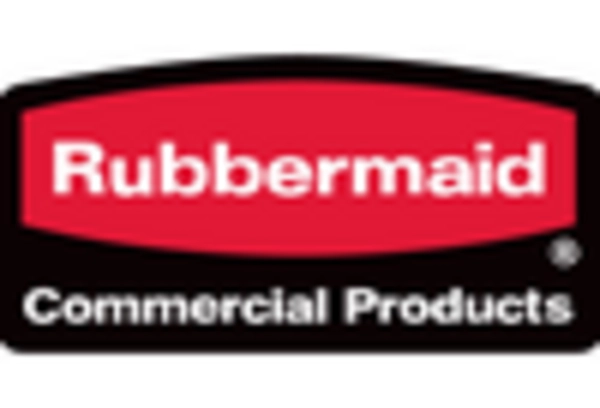
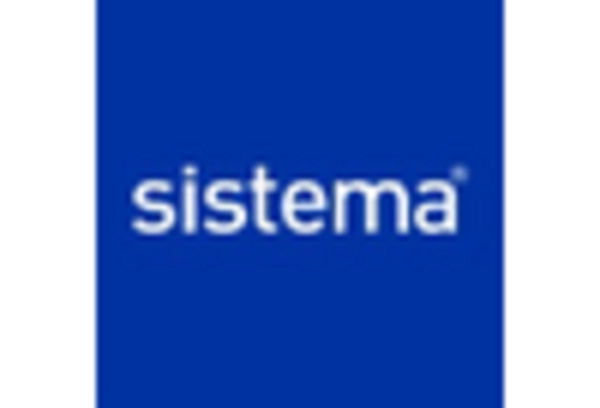
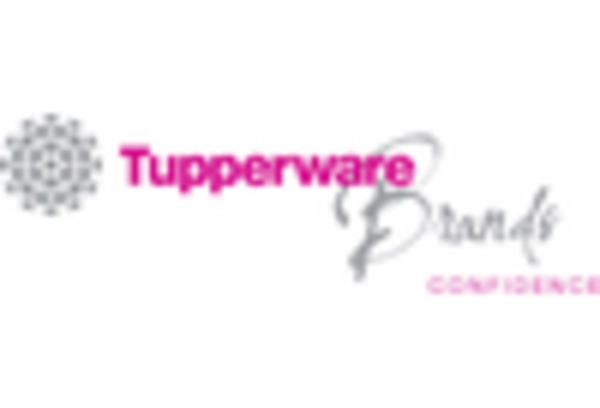
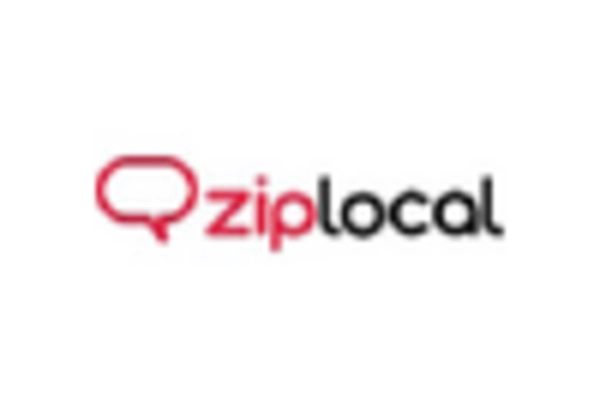








Leave a Comment